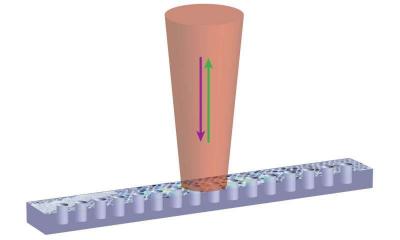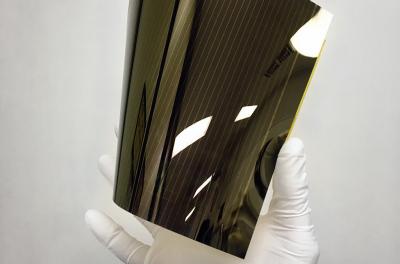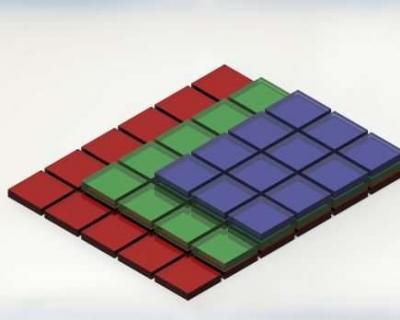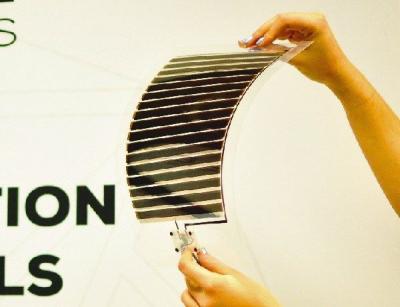Perovskite nanocrystals to improve the stability and performance of photodiodes
Researchers at Korea's DGIST have increased the stability and performance of photodiodes using cubic perovskite nanocrystals. The new high-performance photodiodes reportedly reduce thickness to one-sixth of conventional silicon photodiodes, which could be beneficial for fields like autonomous vehicles, military, space exploration and more.
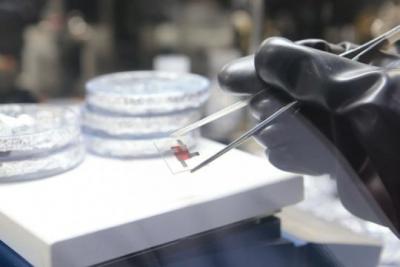
The silicon photodiodes currently in use suffer from limited resolution enhancement due to their thicknesses exceeding 3 micrometers (μm). Perovskite are known to absorbs light well, but until now have been considered difficult to put into practical use in such applications due to low stability. As a way to overcome the disadvantages of the materials, the researchers paid attention to the fact that cesium lead iodide (CsPbI3) perovskite maintains stability in the form of cubic nanocrystals. The research team has developed a new type of thin-film photodiode utilizing cubic cesium lead iodide perovskite nanocrystals and sulfur compounds between the electrodes of the photodiode. The photodiodes developed by the team have improved stability through acid-base reactions between plumbum ions (Pb2 +) and sulfur (S2-) anions.
